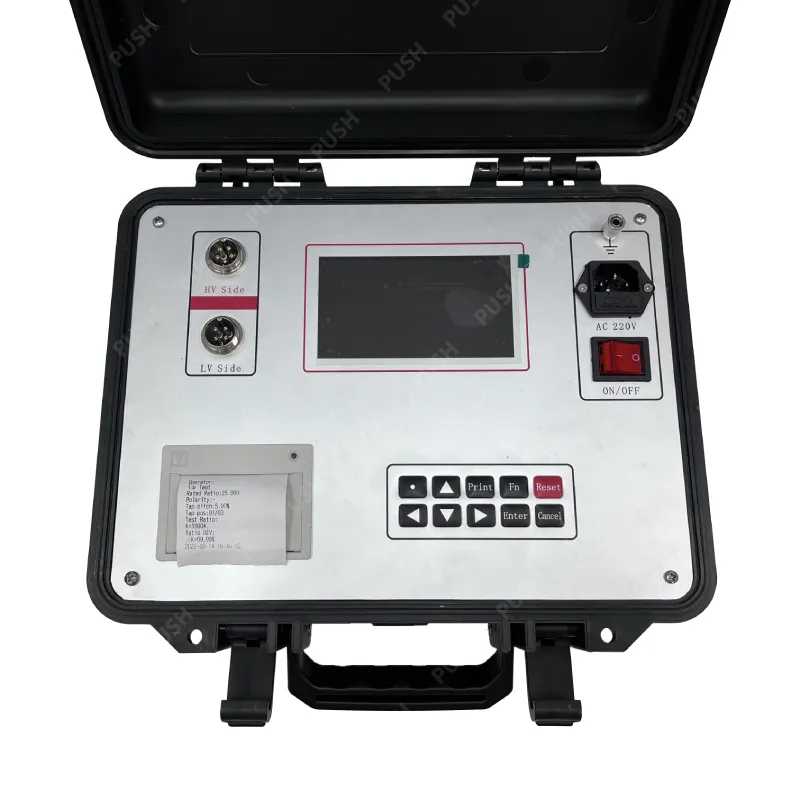 English
English



-
 Afrikaans
Afrikaans -
 Albanian
Albanian -
 Amharic
Amharic -
 Arabic
Arabic -
 Armenian
Armenian -
 Azerbaijani
Azerbaijani -
 Basque
Basque -
 Belarusian
Belarusian -
 Bengali
Bengali -
 Bosnian
Bosnian -
 Bulgarian
Bulgarian -
 Catalan
Catalan -
 Cebuano
Cebuano -
 China
China -
 China (Taiwan)
China (Taiwan) -
 Corsican
Corsican -
 Croatian
Croatian -
 Czech
Czech -
 Danish
Danish -
 Dutch
Dutch -
 English
English -
 Esperanto
Esperanto -
 Estonian
Estonian -
 Finnish
Finnish -
 French
French -
 Frisian
Frisian -
 Galician
Galician -
 Georgian
Georgian -
 German
German -
 Greek
Greek -
 Gujarati
Gujarati -
 Haitian Creole
Haitian Creole -
 hausa
hausa -
 hawaiian
hawaiian -
 Hebrew
Hebrew -
 Hindi
Hindi -
 Miao
Miao -
 Hungarian
Hungarian -
 Icelandic
Icelandic -
 igbo
igbo -
 Indonesian
Indonesian -
 irish
irish -
 Italian
Italian -
 Japanese
Japanese -
 Javanese
Javanese -
 Kannada
Kannada -
 kazakh
kazakh -
 Khmer
Khmer -
 Rwandese
Rwandese -
 Korean
Korean -
 Kurdish
Kurdish -
 Kyrgyz
Kyrgyz -
 Lao
Lao -
 Latin
Latin -
 Latvian
Latvian -
 Lithuanian
Lithuanian -
 Luxembourgish
Luxembourgish -
 Macedonian
Macedonian -
 Malgashi
Malgashi -
 Malay
Malay -
 Malayalam
Malayalam -
 Maltese
Maltese -
 Maori
Maori -
 Marathi
Marathi -
 Mongolian
Mongolian -
 Myanmar
Myanmar -
 Nepali
Nepali -
 Norwegian
Norwegian -
 Norwegian
Norwegian -
 Occitan
Occitan -
 Pashto
Pashto -
 Persian
Persian -
 Polish
Polish -
 Portuguese
Portuguese -
 Punjabi
Punjabi -
 Romanian
Romanian -
 Russian
Russian -
 Samoan
Samoan -
 Scottish Gaelic
Scottish Gaelic -
 Serbian
Serbian -
 Sesotho
Sesotho -
 Shona
Shona -
 Sindhi
Sindhi -
 Sinhala
Sinhala -
 Slovak
Slovak -
 Slovenian
Slovenian -
 Somali
Somali -
 Spanish
Spanish -
 Sundanese
Sundanese -
 Swahili
Swahili -
 Swedish
Swedish -
 Tagalog
Tagalog -
 Tajik
Tajik -
 Tamil
Tamil -
 Tatar
Tatar -
 Telugu
Telugu -
 Thai
Thai -
 Turkish
Turkish -
 Turkmen
Turkmen -
 Ukrainian
Ukrainian -
 Urdu
Urdu -
 Uighur
Uighur -
 Uzbek
Uzbek -
 Vietnamese
Vietnamese -
 Welsh
Welsh -
 Bantu
Bantu -
 Yiddish
Yiddish -
 Yoruba
Yoruba -
 Zulu
Zulu
Testing Procedures for ESP Rectifier Transformers in Electrical Systems
Understanding ESP Rectifier Transformer Testing
Electrical Suspended Particulate (ESP) technologies are pivotal in ensuring that industrial processes remain environmentally compliant. At the heart of these systems is the rectifier transformer, which plays a critical role in converting AC (alternating current) to DC (direct current) for the operation of electrostatic precipitators. Therefore, testing these transformers becomes essential to ensure reliability, efficiency, and longevity.
Importance of Rectifier Transformers in ESP Systems
Rectifier transformers are designed to handle specific electrical attributes required by ESP systems. They provide the necessary voltage transformation and ensure current control critical to the efficient operation of electrostatic precipitators. These transformers also serve as isolation devices, protecting the circuit from fluctuations in the power supply and minimizing harmonic distortion.
Failing to test these transformers adequately can lead to operational inefficiencies, increased operational costs, and potential equipment damage. Regular testing helps identify issues before they escalate into costly failures.
Key Testing Procedures
1. Insulation Resistance Testing This test examines the insulation integrity of the transformer windings. Low insulation resistance can indicate moisture ingress, contamination, or deterioration of materials, which are potential precursors to failure.
2. Turns Ratio Testing This test checks the turns ratio between the primary and secondary windings to ensure it complies with the manufacturer's specifications. An incorrect turns ratio can lead to improper voltage levels, adversely affecting the performance of the ESP system.
3. Power Factor Testing By measuring the power factor, technicians can assess the loss characteristics of the transformer. A low power factor may indicate insulation issues or winding problems that need addressing.
esp rectifier transformer testing

4. Temperature Rise Testing Given that transformers generate heat during operation, monitoring their temperature rise under load is crucial. Excessive temperature rise typically suggests a problem that can escalate if left unaddressed.
5. Harmonic Distortion Analysis Since rectifier transformers are often subject to non-linear loads, it is imperative to evaluate the harmonic content of the output current. Excessive harmonics can result in inefficiencies and overheating, leading to premature failure.
Advanced Testing Techniques
In addition to the traditional methods, several advanced testing techniques can enhance the reliability assessment of rectifier transformers.
- Dissolved Gas Analysis (DGA) By analyzing gases dissolved in the transformer oil, technicians can diagnose internal issues such as arcing, overheating, or insulation breakdown.
- Frequency Response Analysis (FRA) This sophisticated method detects changes in the transformer's winding structure and can identify issues like movement or deformation of the windings.
- Impulse Testing This test simulates the transient events that transformers might encounter and helps to check their response to such phenomena.
Conclusion
The testing of ESP rectifier transformers is a crucial aspect of maintaining the reliability and efficiency of electrostatic precipitator systems. A comprehensive testing strategy that includes routine inspections and advanced diagnostic techniques can significantly mitigate risks. By ensuring that rectifier transformers are always in optimal working condition, industries can continue to operate efficiently while complying with environmental regulations. Investing in regular testing not only prolongs the life of the transformer but also contributes to overall operational savings and environmental responsibility.
-
Testing Equipment Industry Sees Major Advancements in 2025: Smart & Precision Technologies Lead the WayNewsJun.06,2025
-
Applications of Direct Current Generators in Renewable Energy SystemsNewsJun.05,2025
-
Hipot Tester Calibration and Accuracy GuidelinesNewsJun.05,2025
-
Digital Circuit Breaker Analyzer Features and BenefitsNewsJun.05,2025
-
Benefits of Real-Time Power Quality Monitoring Devices for Industrial EfficiencyNewsJun.05,2025
-
Earth Fault Loop Testing in High-Rise Building Electrical SystemsNewsJun.05,2025



